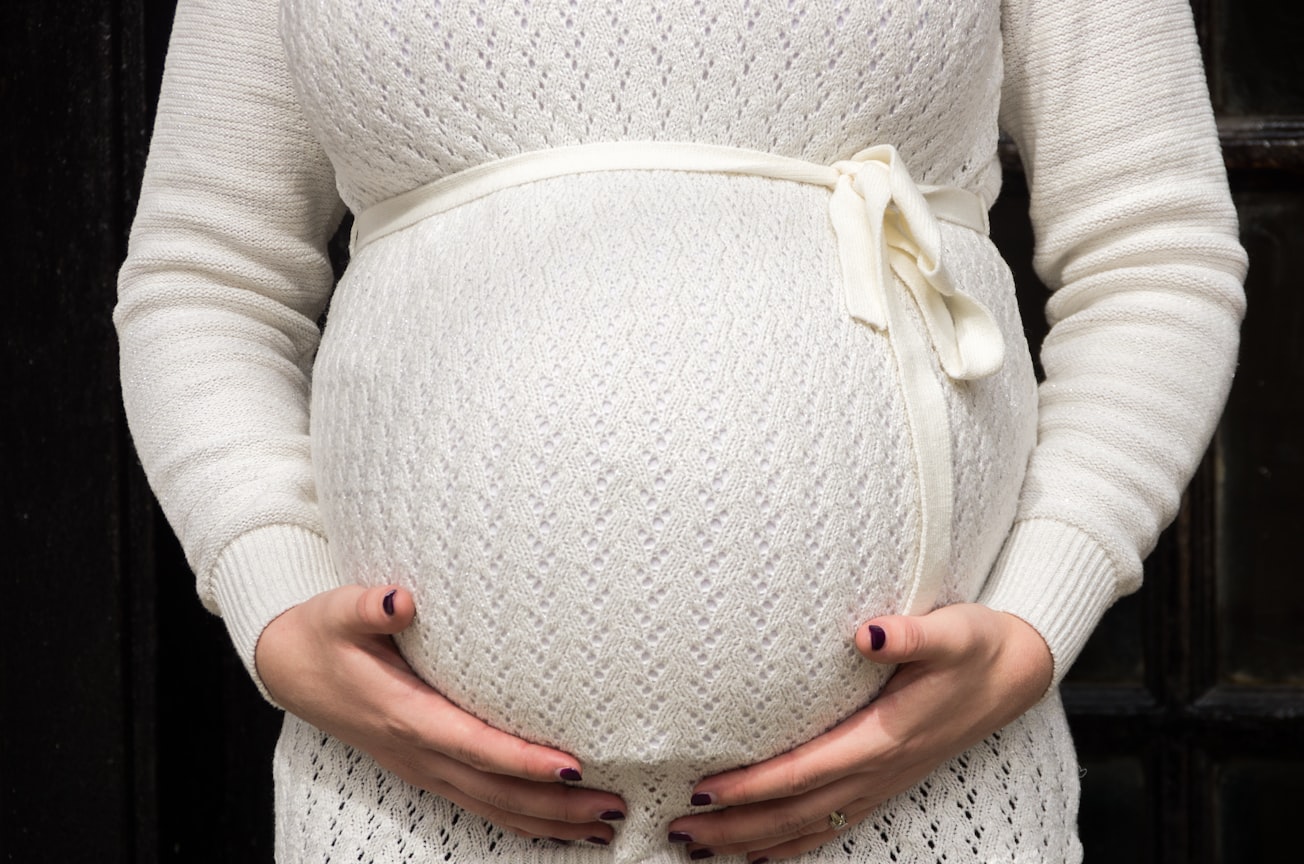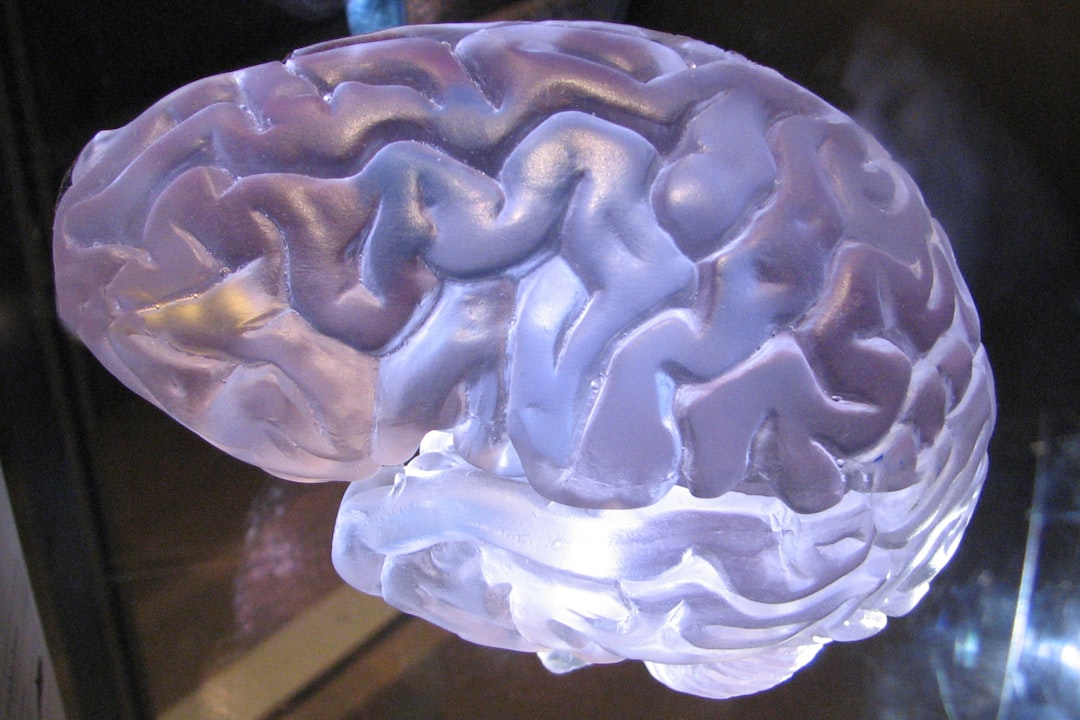What is it about?
This study measured the level of maternal mercury (Hg) and lead (Pb) blood concentrations from a total of 442 samples taken from pregnant and delivering women in 10 Caribbean countries. The Caribbean women sample readings where then compared to comparable U.S. and Canadian data.
Featured Image

Photo by Andrew Seaman on Unsplash
Why is it important?
This is one of the first Caribbean exploratory bio-monitoring studies done that systematically looked for the concentrations of mercury and lead in maternal blood samples taken from pregnant women living in 10 Caribbean countries. The results clearly reveals that Caribbean foetuses are experiencing prenatal exposures to these potent neurological and developmental toxicants and reinforce the need for Caribbean governments and public health officials to have programs in place that continuously monitor, intervene, and evaluate the levels of mercury and lead found in persons who live in this region of the world to ensure that they are reduced as far as possible.
Perspectives
While most Caribbean countries might not think that their populations are likely to be exposed to heavy metal contaminants like mercury and lead due to the absence of heavy industries that might use these metals, this study reveals that Caribbean foetus are still being exposed to these potent neurological and developmental toxicants. I thus sincerely hope that governmental and policy makers within the Caribbean region give this issue the attention is deserves in order to protect the most vulnerable segment of our populations, our children.
Dr. Martin S Forde
St. George's University, Grenada
Read the Original
This page is a summary of: Mercury and lead blood concentrations in pregnant women from 10 caribbean countries, Environmental Science Processes & Impacts, January 2014, Royal Society of Chemistry,
DOI: 10.1039/c4em00239c.
You can read the full text:
Contributors
The following have contributed to this page










